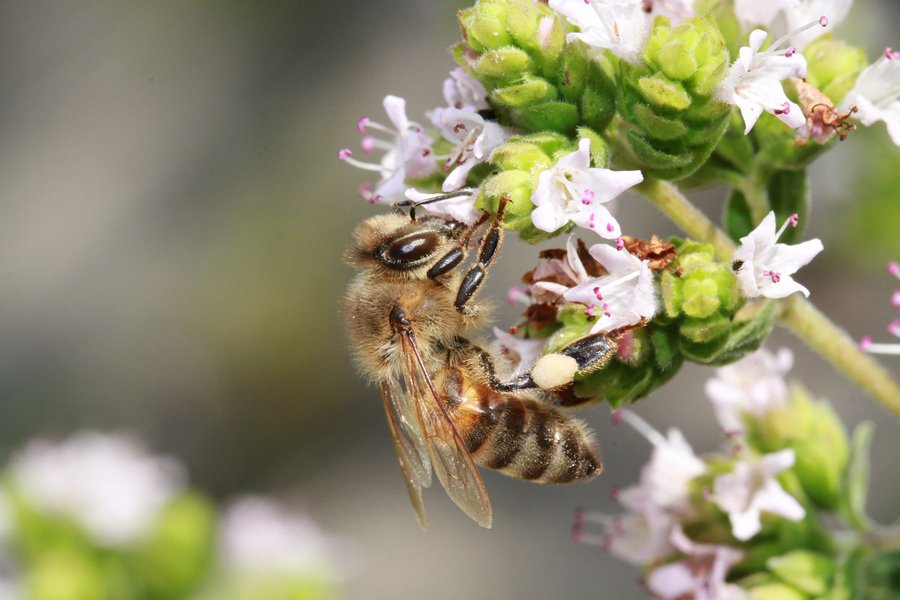Insects, bees and plants interaction
Pollinators are needed, large parts of agriculture and world food production are heavily dependent on pollinating insects. Still, the number of wild pollinators is declining, but there is still something that can be done to stop the development. It requires new cultivation and beekeeping strategies, but it can be done.

Insects and wild pollinators are declining in Europe and North America. And pollination is important for nature's ecosystems, which is why the decline in the number of pollinators is worrying. But there is still room to stop the decline and even increase the number again. More species of plants in grasslands create more food for pollinators, and more action plans and focus on competition between honey bees and other bees may be the way forward.
More plant species in the grassland provide food for pollinating insects
It is possible to ensure both a high and stable yield as well as increase the biodiversity and the number of pollinating insects on the Danish grasslands, if only the farmer uses the right mix of different plant species, and adapts his mowing strategy.
“Our results show that herbs in a grass and legume mix with two annual cuts can contribute to a significant increase in flowers, which are important for a wide range of wild pollinators. The study's conclusions can relatively easily be fitted into a modern agricultural practice with 4-5 cuts per year by systematically leaving uncut strips of multi-species mixtures at each cut. They can then be harvested in the subsequent cut. This will help to provide a significant increase in the food source for the pollinating insects on the cultivated area, and it will only marginally reduce quality and yield,” Jørgen Eriksen explains.
Researchers evaluate the competition for food plants between honey bees and other bees in Denmark
Food overlap and red list status can help guide future action plans and management of bees in nature areas in Denmark.
“It must be emphasised that our analysis does not determine whether competition between honey bees and other bees can be registered in Denmark, or what density of honey bees may be sustainable in a given area in relation to the occurrence of threatened species of bees. On the other hand, we have identified a set of parameters for all species of bees, which based on a high degree of food overlap with honey bees and red list status can lead to better management in nature,” says Claus Rasmussen.
More specifically, researchers have identified the individual species of wild bees that require attention in relation to beekeeping. In other words, it is species that have a food overlap with honeybees of over 70%, and which at the same time have a Danish red list status, as being threatened - either as vulnerable, endangered, or critically endangered.
"Until we fully understand the complex natural interactions between honey bees and threatened bee species, it seems advisable to apply a precautionary principle and avoid placing hives in areas close to the threatened bees during their active flight period, where food overlap is highest," explains Claus Rasmussen.
